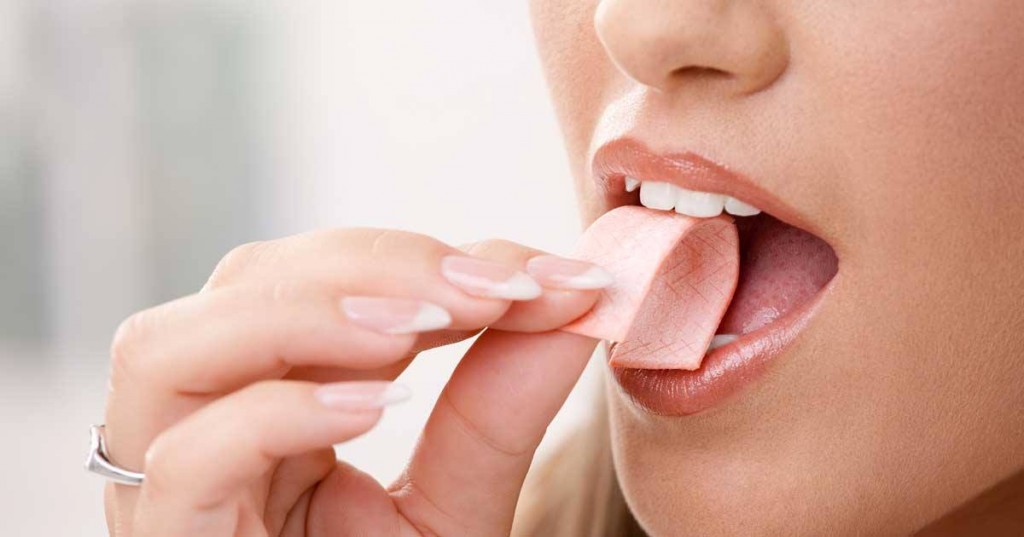“The recent study by Wessel et al.1 provides some preliminary insight about methods for evaluating the capacity of chewing gum to sequester bacteria from the oral cavity. The data presented suggest that the two evaluated chewing gums, both of which were described as being ‘commercially available spearmint gum’ with sorbitol, gum base and glycerin listed as the first three ingredients, trapped bacteria when chewed. Gum was chewed by five volunteers for periods of 0.5 to 10 minutes. The number of bacteria that were trapped and the microbiome from which the trapped bacteria originated (i.e. the microbiome adhering to teeth, present in saliva, both or other) were evaluated. The two gums were similar in terms of the overall number of bacteria they trapped and the fact that their capacity to do so decreased over time.
Before jumping to conclusions about the benefit of this bacteria trapping, insight as to whether this removal of bacteria has any meaningful impact on the bacteria remaining behind in the mouth is needed. For example – does it change the balance of bacteria remaining in the mouth or lead to a reduction in the overall number of organisms present over time? The experimental design of this study evaluated only a very small number (i.e., n=5) of study subjects and failed to use standardized test conditions (e.g., time of food and/or beverage consumption prior to testing, pre- and post-gum chewing evaluation of the oral microbiome).
This is not to say that there isn’t an evidence base regarding oral health benefits derived from chewing gum. The systematic review by Mickenautsch et al.2 concluded that sugar-free gum chewing had caries-reducing potential because it stimulated production of saliva. The literature review by Dodds3 found evidence for sugar-free gum chewing to neutralize plaque acids, contribute to maintenance of tooth mineralization and decrease oral dryness.
Since 2010, the ADA Council of Scientific Affairs has recognized the potential for chewing sugar-free gum to contribute to oral health. You can find a list of sugar-free chewing gums with the ADA Seal of Acceptance, which are documented to help reduce cavity risk, on the ADA website as well as the Acceptance Program Guidelines for testing of Sugar Free Chewing Gums to Help Prevent/Reduce Cavities.
While chewing gum is not a substitute for brushing twice a day, flossing daily, and visiting your dentist regularly, it is another activity that can be built into habits that benefit oral health.”
Source: http://www.ada.org/…/science-in-…/chewing-gum-traps-bacteria

